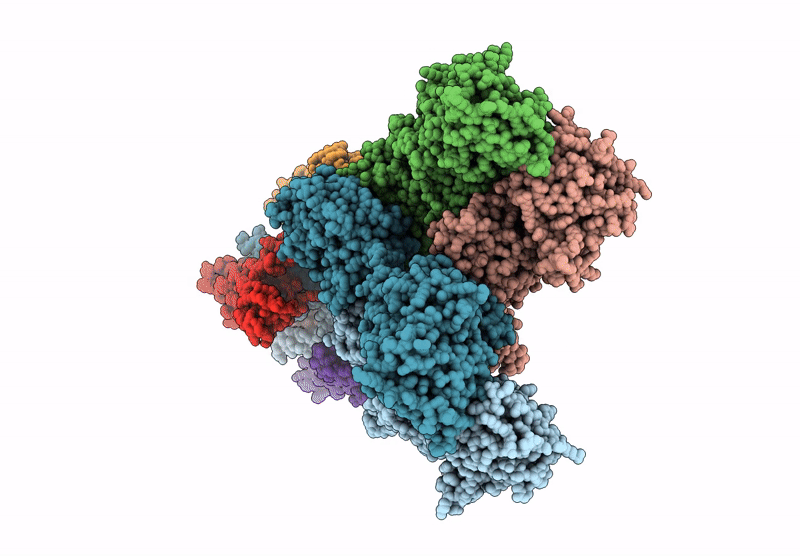
Deposition Date
2024-10-25
Release Date
2025-06-18
Last Version Date
2025-07-16
Entry Detail
PDB ID:
9E4Z
Keywords:
Title:
GluA2-gamma2 complex bound glutamate and cyclothiazide
Biological Source:
Source Organism:
Rattus norvegicus (Taxon ID: 10116)
Mus musculus (Taxon ID: 10090)
Mus musculus (Taxon ID: 10090)
Host Organism:
Method Details:
Experimental Method:
Resolution:
3.70 Å
Aggregation State:
PARTICLE
Reconstruction Method:
SINGLE PARTICLE


